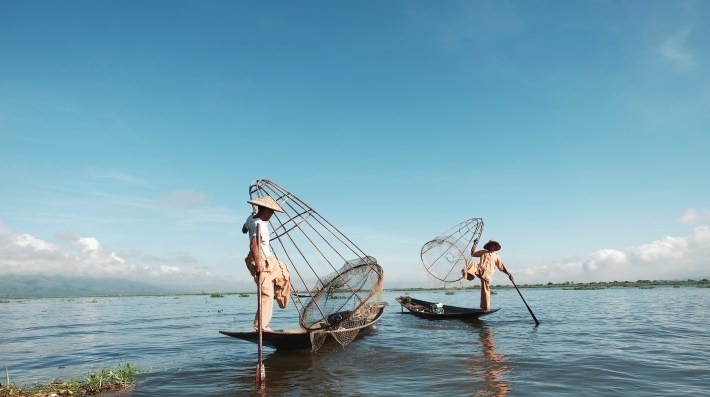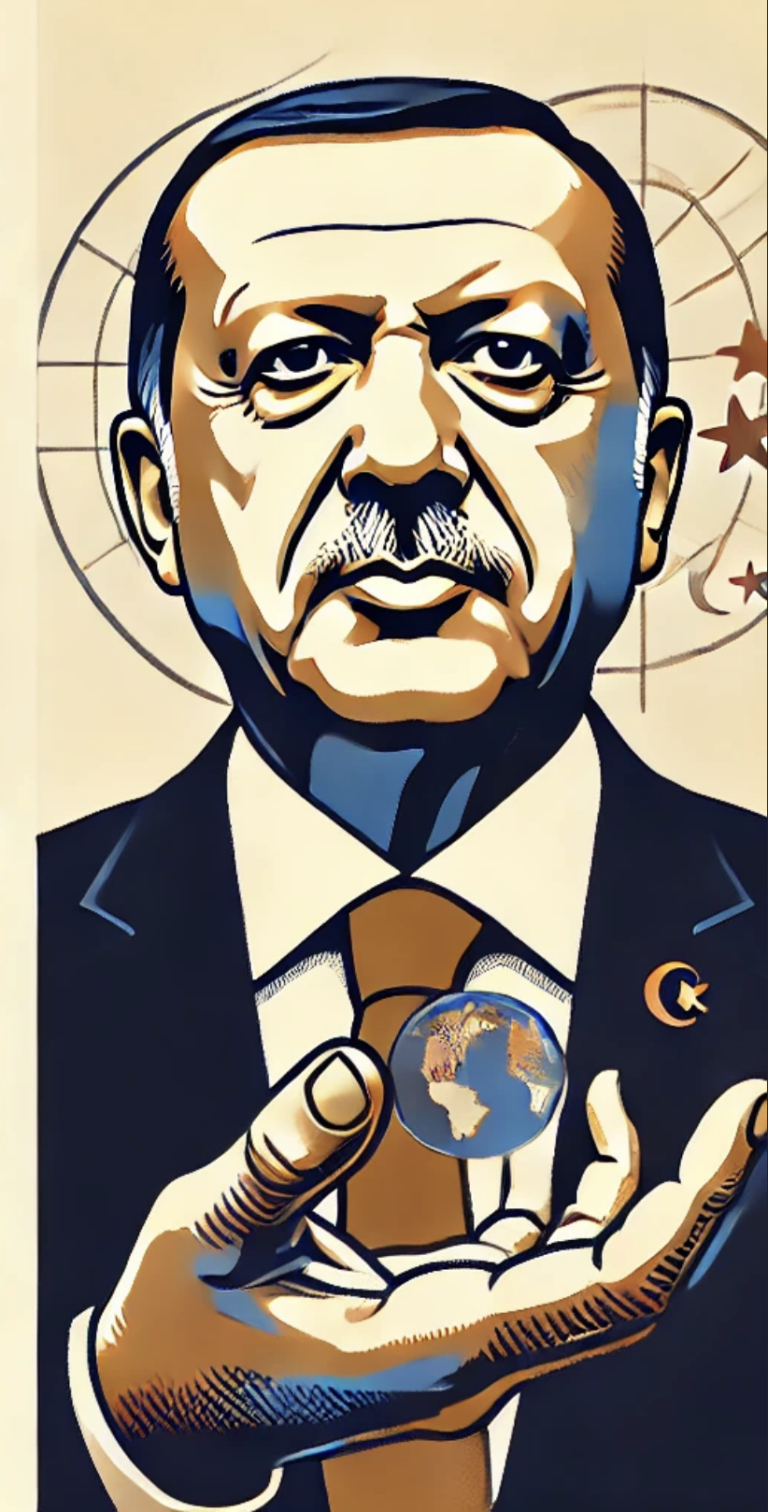Drive down the dusty roads of Jamaica’s rural Mount Airy district and one will see dozens of black water tanks, many connected with drainpipes to the rooftops of neighbouring houses.
The tanks measure two metres tall. They collect rainwater and through a drip irrigation system, channel it to nearby fields brimming with tomatoes, peppers and sweet potatoes.
In an area increasingly plagued by drought, which has been linked to climate change, these tanks have become a lifeline for local farmers.
“Everybody I know faces the same challenge of reduced rain and less predictable rainfall,” says farmer Althea Spencer. Having the rainwater harvesting system in place “feels pretty good,” she adds.


The Mount Airy work is supported by the United Nations Environment Programme (UNEP). It is part of a push by communities around the world to manage water more sustainably and to find novel sources of water, a quest that has involved everything from purifying sewage to seeding clouds. Those efforts are being driven by what experts say is a looming global water crisis, fed in part by climate change, that could leave two-thirds of humanity facing water stress by next year.
“Water scarcity has become a critical issue for an increasing number of countries,” says Leticia Carvalho, Principal Coordinator of UNEP’s Freshwater and Marine Branch. “Countries across the globe will therefore need to be more creative in the way they manage, conserve and secure water sources in the years to come. Using unconventional water sources wisely, and in harmony with nature, will be essential for accelerated progress on the Sustainable Development Goals.”
Water security is expected to be on the agenda when leaders meet in Nairobi, Kenya next month for the sixth session of the UN Environment Assembly, the world’s highest-level decision-making body on issues related to the environment.

Today, 2.4 billion people live in water-stressed countries, defined as nations that withdraw 25 per cent or more of their renewable freshwater resources to meet water demand.
Hard hit regions include Southern and Central Asia, and North Africa, where the situation is considered critical. Even countries with highly developed infrastructure, like the United States, are seeing water levels drop to record lows.
Along with climate change, the crisis is being fed by unchecked urbanization, rapid population growth, pollution and land development. Water shortfalls already affect everything from food security to biodiversity and in the coming years, they are poised to become more common.
By 2025, 1.8 billion people are likely to face what the Food and Agriculture Organization (FAO) calls “absolute water scarcity” and two-thirds of the global population is expected to be grappling with water stress.
Rethinking where to get water
Historically, most fresh water for drinking and sanitation has come from groundwater aquifers. But many are drying up due to overuse, longer dry seasons and drought. This is a heightened risk factor for small island developing states where freshwater is becoming increasingly threatened by salination as sea levels rise and degraded lands sink.
https://youtube.com/watch?v=R0XQ5q7CsR8%3Fenablejsapi%3D1%26origin%3Dhttps%253A%252F%252Fwww.unep.org
In a bid to find water, countries are turning to more unconventional sources.
In some rural areas, including in Chile and Peru, communities are collecting water suspended in the air. Some of these systems use a fine mesh to trap tiny droplets of fog and syphon them into a reservoir.
Many communities are also looking at wastewater as a potential answer to water stress. A 2023 UNEP report found it could supply more than 10 times the water provided by the world’s current desalination plants. Wastewater is also a source of energy, nutrients and other recoverable materials, yet only 58 per cent of household wastewater is safely treated globally. Wastewater is often not reused due to fears about contagions, microplastics and antimicrobial drugs. But experts say with the right policies and technologies, wastewater can safely be given a second life.

In recent years, countries have started to embrace desalination, the process of removing salt from saltwater and filtering it to produce drinking water. According to a 2018 UN study there are 15,906 operational desalination plants producing around 95 million cubic metres a day of desalinated water for human use, of which 48 per cent is produced in West Asia and North Africa. The global dependence on desalination is predicted to grow rapidly in the coming years.
“Water scarcity has become a critical issue for an increasing number of countries, particularly in the Global South.” Leticia Carvalho, UNEP
Several nations, such as Bahamas, Maldives and Malta, meet all their water needs through desalination, and about half of Saudi Arabia’s drinking water comes from it. However, desalination requires hefty investment in piping and pumping infrastructure, while the fossil fuels normally used in the energy-intensive desalination process contribute to global warming. The toxic brine desalination produces also pollutes coastal ecosystems.
In their quest to find more water, countries are also looking to tap the atmosphere which is estimated to contain 13,000 cubic kilometres of water vapour. A growing number of countries are experimenting with cloud seeding, a technique in which clouds are sown with silver iodide to make them rain or snow. Nations from Australia to South Africa have invested in the technology, and China has one of the world’s most ambitious programmes. However, guardrails need to be put in place, say experts, to avoid unintended consequences, such as drought in other regions.
Opportunities and barriers
While nations search for new sources of fresh water, experts say communities also need to better manage the water they do have.
On that front, the biggest opportunity is in lessening water loss in agricultural systems by, for example, investing in drip irrigation. Experts also say cities, home to more than half the world’s people, must do a better job of stemming water losses, including from leaky pipes. In the United States, for example, more than 3.7 trillion litres of water are lost annually to faulty household plumbing.

“Using our existing water resources much more efficiently, while also tapping unconventional water sources has huge potential to improve lives and livelihoods,” said UNEP’s Carvalho. Policymakers in water-scarce countries need to “radically rethink” their water planning policies by adding unconventional sources of water to the mix, she added. “For this to happen quickly international financial support, along with science to guide the sustainability of various approaches is urgently needed,” she said.
For further information, please contact Lis Mullin Bernhardt: lis.bernhardt@un.org or Alex Pires: alex.pires@un.org
The sixth session of the United Nations Environment Assembly (UNEA-6) will be held from 26 February to 1 March 2024 at the UNEP headquarters in Nairobi, Kenya, under the theme: Effective, inclusive and sustainable multilateral actions to tackle climate change, biodiversity loss and pollution. Through its resolutions and calls to action, the Assembly provides leadership and catalyzes intergovernmental action on the environment.
Read more: https://www.unep.org/news-and-stories/story/shortages-mount-countries-hunt-novel-sources-water




